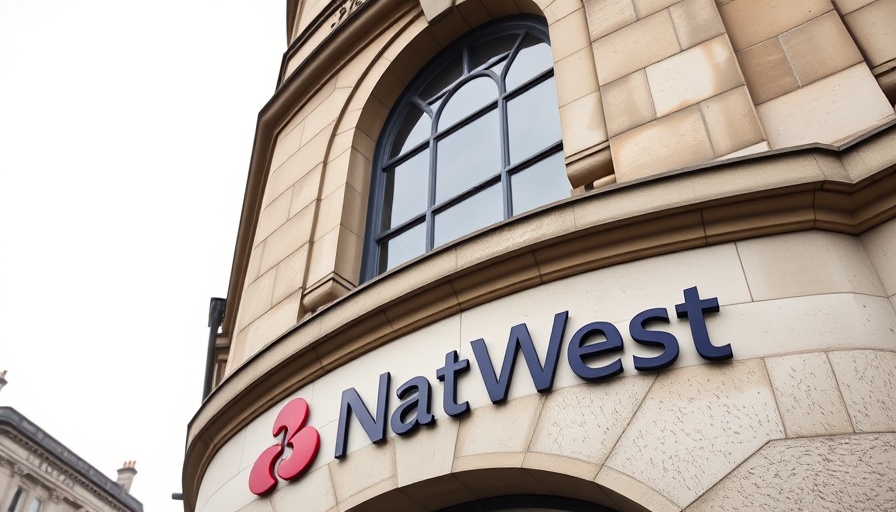
NatWest's Return to Full Private Ownership: An Overview
After 17 years since receiving a massive £46 billion bailout during the financial crisis, NatWest has officially returned to full private ownership. This landmark event marks a significant recovery for the bank and a notable milestone in the UK’s financial landscape. The journey from government ownership to now being a private entity again reflects broader themes of stability and growth within the financial sector.
The Impact of the 2008 Bailout
The UK's intervention in NatWest during the 2008 financial crisis was a pivotal moment not only for the bank but also for the economy as a whole. It was part of a series of bailouts aimed at stabilizing failing banks, which ultimately cost the taxpayer billions. The bailout granted the UK government substantial shares in NatWest’s parent company, RBS Group, effectively transforming the bank into a state-run entity. Over the years, the recovery paths of financial institutions have drawn interest as examples of corporate endurance and economic resilience.
What This Means for the Banking Sector
NatWest’s return to full private ownership can be seen as a positive indicator for the stability of the UK's banking sector. It reflects a well-managed recovery, contrasting sharply with perceptions of ongoing volatility in financial markets. It may also pave the way for a shift in corporate strategy and a renewed focus on customer engagement, given that private entities often prioritize responsiveness to consumer needs compared to state-run organizations. Financial analysts warn, however, that this transition needs to be carefully monitored, with insights from market analysis indicating that stability in the banking sector is closely tied to broader economic forces.
Future Predictions: A Sweeping Change?
As NatWest moves forward, predictions about its strategic direction abound. Experts anticipate that enhancing digital transformation and strengthening corporate social responsibility will be integral to attracting new customers. Being a wholly private entity might also enable NatWest to take more aggressive steps in the competitive banking landscape, especially as consumer behavior trends toward online banking and sustainability in business practices.
The Role of Corporate Governance in the Transition
This transition back to private ownership raises critical questions regarding corporate governance. A well-structured governance framework will likely play a pivotal role in defining NatWest's business culture moving forward. Stakeholders expect an emphasis on transparency and accountability, especially given the scrutiny that financial institutions must endure in the wake of past controversies related to ethics in banking.
Conclusion: What Lies Ahead?
The road ahead for NatWest appears promising, with opportunities for growth in various sectors, including commercial real estate news and tech industry updates. The bank's new chapter will focus on adapting to market demands, innovating business growth strategies, and being responsive to business regulations that could affect its operations. With its return to private ownership, NatWest becomes part of a vibrant business landscape, featuring dynamic startups in the Bay Area and significant venture capital funding that fuels innovation and economic tracks.
As analysts and consumers alike keep a watchful eye on NatWest’s trajectory, there is a collective curiosity about how its renewed independence will reshape not only its operational dynamics but also the overall banking industry. NatWest's recovery serves as a potential case study in resilience for businesses navigating challenging market conditions, encouraging a wave of optimism in sectors tied to entrepreneurship, business innovation, and economic forecasts.
 Add Row
Add Row  Add
Add 



Write A Comment